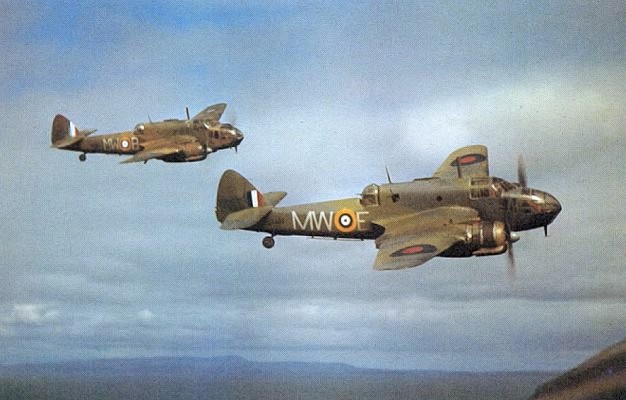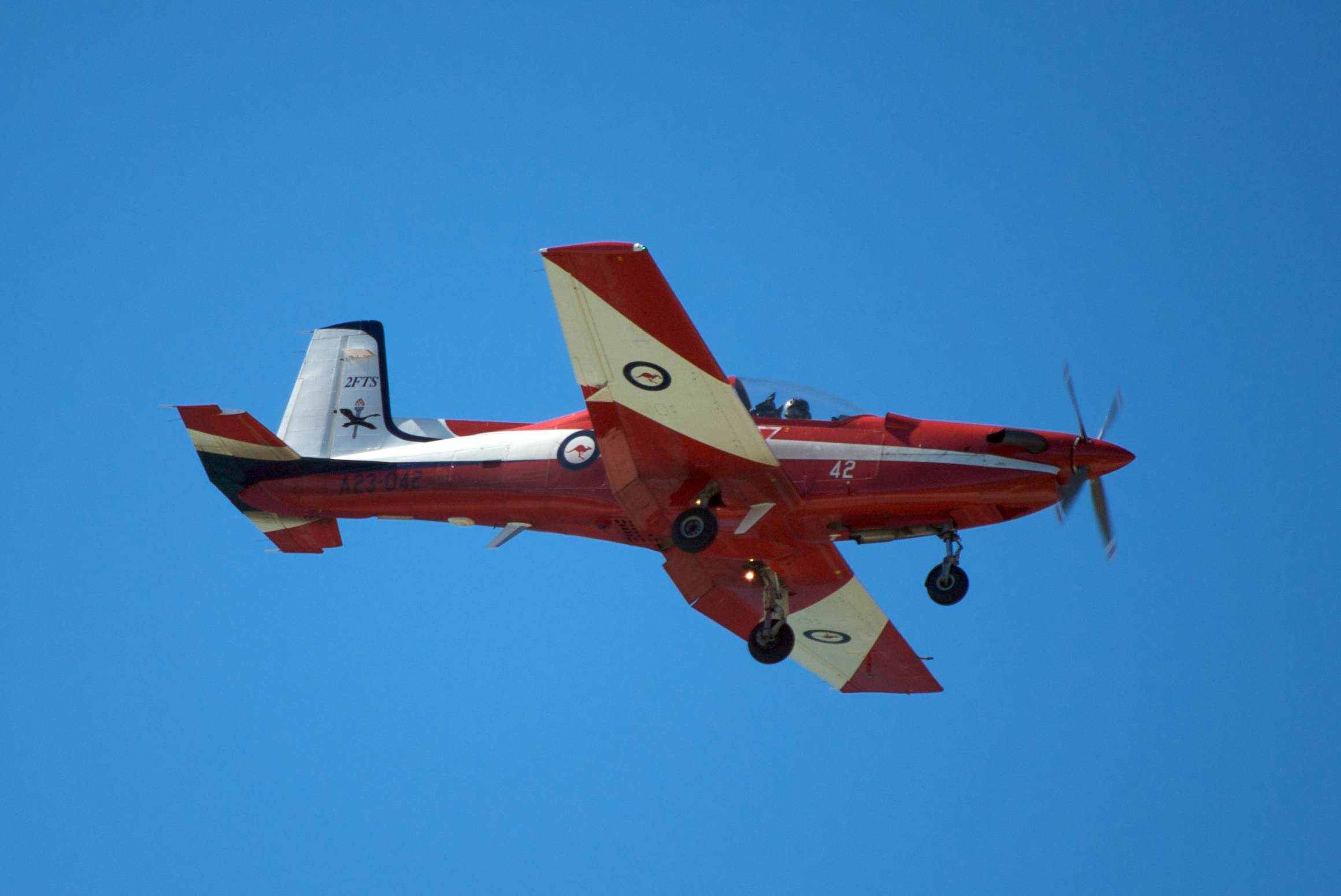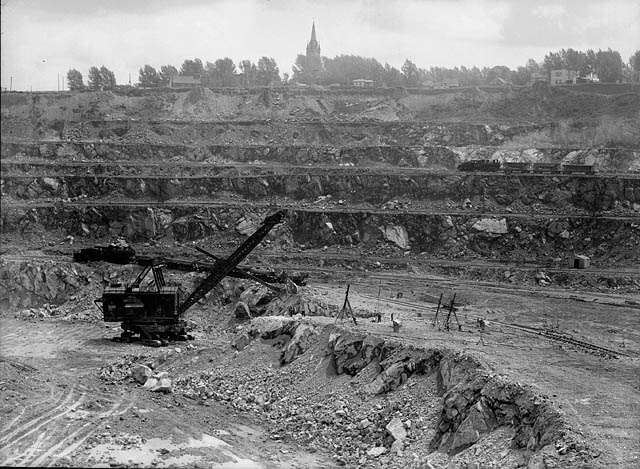|
RAAF Base Wagga
RAAF Base Wagga (formerly RAAF Base Forest Hill) is a Royal Australian Air Force (RAAF) military air base located southeastAeronautical Chart of the town of Wagga Wagga, in the suburb of Forest Hill, New South Wales, Australia. The base is home to No 31 Squadron and Ground Academy (GA), including No 1 Recruit Training Unit (1RTU), the Air Force's basic recruit training school. It is the main ground training base for RAAF Aviators of the technical, administration and logistics trades, as well as the location for initial courses for Administration and Logistics Officers. RAAF Wagga is also home to most Air Force Professional Military Education. In addition, Air Force, Army and Navy personnel undertake technical airworthiness training at the RAAF School of Technical Training (RAAFSTT). The local Australian Air Force Cadets squadron, 332 SQN, hosts weekly parades on Tuesday nights at RAAF Base Wagga, and 3 Wing Australian Air Force Cadets use RAAF Base Wagga to hold their biann ... [...More Info...] [...Related Items...] OR: [Wikipedia] [Google] [Baidu] |
Royal Australian Air Force
"Through Adversity to the Stars" , colours = , colours_label = , march = , mascot = , anniversaries = RAAF Anniversary Commemoration – 31 March , equipment = , equipment_label = , battles = * Second World War * Berlin Airlift * Korean War * Malayan Emergency * Indonesia–Malaysia Confrontation * Vietnam War * East Timor * War in Afghanistan * Iraq War * Military intervention against ISIL , decorations = , battle_honours = , battle_honours_label = , flying_hours = , website = , commander1 = Governor-General David Hurley as representative of Charles III as King of Australia , commander1_label = Commander-in-Chief , commander2 = General Angus Campbell , comma ... [...More Info...] [...Related Items...] OR: [Wikipedia] [Google] [Baidu] |
Bristol Beaufighter
The Bristol Type 156 Beaufighter (often called the Beau) is a British Multirole combat aircraft, multi-role aircraft developed during the Second World War by the Bristol Aeroplane Company. It was originally conceived as a heavy fighter variant of the Bristol Beaufort torpedo bomber. The Beaufighter proved to be an effective night fighter, which came into service with the Royal Air Force (RAF) during the Battle of Britain, its large size allowing it to carry heavy armament and early AI Mark IV radar, airborne interception radar without major performance penalties. The Beaufighter was used in many roles; receiving the nicknames ''Rockbeau'' for its use as a rocket-armed attack aircraft, ground attack aircraft and ''Torbeau'' as a torpedo bomber against Axis powers, Axis shipping, in which it replaced the Bristol Beaufort, Beaufort. In later operations, it served mainly as a maritime strike/ground attack aircraft, RAF Coastal Command having operated the largest number of Beaufigh ... [...More Info...] [...Related Items...] OR: [Wikipedia] [Google] [Baidu] |
Gate Guardian
A gate guardian or gate guard is a withdrawn piece of equipment, often an aircraft, armoured vehicle, artillery piece, or locomotive, mounted on a plinth and used as a static display near to and forming a symbolic display of "guarding" the main entrance to a site, especially a military base. Commonly, gate guardians outside airbases are decommissioned examples of aircraft that were once based there, or still are. Examples Examples of gate guardians include the following: Australia In Australia, gate guards are also often found outside Returned and Services League of Australia (RSL) clubs. Finland *A MiG-21 formerly of the Finnish Air Force is on display at the entrance of Kuopio Airport. *Two T-34s at the Armoured Brigade. Saudi Arabia *Lockheed L-1011 TriStar which operated under Saudia in the 1970s is placed on a tarmac next to the gate at Royal Saudi Air Force Museum in Riyadh. South Africa *Atlas Impala at Air Force Base Ysterplaat. *Twin Eland Mk7 Armoured ... [...More Info...] [...Related Items...] OR: [Wikipedia] [Google] [Baidu] |
RAAF Wagga Heritage Centre
RAAF Wagga Heritage Centre ''(Originally known as the Wagga Wagga RAAF Museum but was officially, RAAF Museum – Wagga Annex)'' is a heritage centre located at the Wagga Wagga RAAF Base at Forest Hill located approximately east of Wagga Wagga, New South Wales, Australia on the Sturt Highway. The heritage centre has indoor and outdoor displays of aircraft, memorabilia and photographs relating to the RAAF in the Riverina. History Wagga Wagga RAAF Museum was officially opened in June 1995 from items from the RAAF Base Wagga and items which was donated by the community. The museum was closed in 2001 for refurbishment with the memorabilia temporarily relocated to the Point Cook RAAF museum but plans to reopen the museum were quietly scrapped after the RAAF adopted a new policy in 2003, which stated that the RAAF would only fund RAAF museum at Point Cook. AirCare and Wagga Wagga based newspaper The Daily Advertiser ran a campaign during late September and early October 2008 in a ... [...More Info...] [...Related Items...] OR: [Wikipedia] [Google] [Baidu] |
Combat Support Group RAAF
Combat Support Group is part of the Royal Australian Air Force. Combat support Group (CSG) was formed in 1998 to provide the Air Force with a Force Element Group (FEG) capable of providing and coordinating the military airbase capabilities needed for the generation, operation and sustainment of Australian airpower. Formerly named Operational Support Group, CSG's name today reflects its focus on military combat capabilities. Today the Group provides the Air Force with a centralised control but decentralised execution model for the provision of military airbase capability. Wings and Squadrons strategically located throughout Australia and the Region enhances flexibility and optimises basing and support options for the ADF to conduct effective air operations during peace and conflict. CSG has a proud history of making major contributions to recent ADF operations around the world, including deployments to the Solomon Islands, East Timor, Afghanistan, as well as support to the ADF c ... [...More Info...] [...Related Items...] OR: [Wikipedia] [Google] [Baidu] |
Air Force Training Group RAAF
Air Force Training Group is the Royal Australian Air Force (RAAF) group responsible for training personnel. It is headquartered at RAAF Williams, Victoria. The group was established as Training Command in 1953. It formed part of Support Command between from 1959 to 1990, when it was re-established as Training Command. In July 2006, Training Command was re-formed as Air Force Training Group under Air Command. Air Force Training Group consists of a headquarters and two Academies: Air Academy and Ground Academy. Establishment and evolution Air Force Training Group was established as Training Command at Albert Park, Victoria, on 1 September 1953. It was formed from Southern Area Command, which was the hub of RAAF training services at the time. Training Command merged with Maintenance Command to form Support Command on 7 September 1959. On 7 February 1990, Training Command was re-established as a discrete organisation, headquartered at RAAF Base Point Cook, Victo ... [...More Info...] [...Related Items...] OR: [Wikipedia] [Google] [Baidu] |
Force Element Group
The Force Element Groups (FEGs) of the Australian Defence Force are the operational capabilities. :''Capabilities are formed into Force Elements (FE), which in turn are aggregated into Force Element Groups (FEG). Each capability is assigned a level of operational readiness. The level of capability maintained by an FE or FEG should be consistent with its assigned readiness notice and depends on the availability of trained personnel, the availability of major platforms, combat systems and supplies, and the standard of collective training.'' Each of the component commands has a set of FEGs. The FEG operational commanders report to the component commanders ( COMAUSFLT/CFC/ ACAUST), who in turn report to the operation's Task Force commander. The FEG commanders are either of Captain (naval)/Colonel/Group Captain rank, or one-star rank for larger FEGs ( Commodore/Brigadier/ Air Commodore). The component commanders are of two-star rank (Rear Admiral/Major General/Air Vice Marshal). Mariti ... [...More Info...] [...Related Items...] OR: [Wikipedia] [Google] [Baidu] |
Asbestos
Asbestos () is a naturally occurring fibrous silicate mineral. There are six types, all of which are composed of long and thin fibrous crystals, each fibre being composed of many microscopic "fibrils" that can be released into the atmosphere by abrasion and other processes. Inhalation of asbestos fibres can lead to various dangerous lung conditions, including mesothelioma, asbestosis, and lung cancer, so it is now notorious as a serious health and safety hazard. Archaeological studies have found evidence of asbestos being used as far back as the Stone Age to strengthen ceramic pots, but large-scale mining began at the end of the 19th century when manufacturers and builders began using asbestos for its desirable physical properties. Asbestos is an excellent electrical insulator and is highly fire-resistant, so for much of the 20th century it was very commonly used across the world as a building material, until its adverse effects on human health were more widely acknowl ... [...More Info...] [...Related Items...] OR: [Wikipedia] [Google] [Baidu] |
Fairchild Swearingen Metroliner
The Fairchild Swearingen Metroliner (previously the Swearingen Metro and later Fairchild Aerospace Metro) is a 19-seat, pressurized, twin-turboprop airliner first produced by Swearingen Aircraft and later by Fairchild Aircraft at a plant in San Antonio, Texas. Design The Metroliner was an evolution of the Swearingen Merlin turboprop-powered business aircraft. Ed Swearingen, a Texas fixed-base operator (FBO), started the developments that led to the Metro through gradual modifications to the Beechcraft Twin Bonanza and Queen Air business aircraft, which he dubbed Excalibur. A new fuselage (but with a similar nose) and vertical fin were then developed, married to salvaged and rebuilt (wet) Queen Air wings and horizontal tails, and Twin Bonanza landing gear; this became the SA26 Merlin, more or less a pressurized Excalibur. Through successive models (the SA26-T Merlin IIA and SA26-AT Merlin IIB) the engines were changed to Pratt & Whitney Canada PT6, then Garrett TPE331 t ... [...More Info...] [...Related Items...] OR: [Wikipedia] [Google] [Baidu] |
Aermacchi MB-326
The Aermacchi or Macchi MB-326 is a light military jet trainer designed in Italy. Originally conceived as a two-seat trainer, there have also been single and two-seat light attack versions produced. It is one of the most commercially successful aircraft of its type, being bought by more than 10 countries and produced under licence in Australia, Brazil and South Africa. It set many category records, including an altitude record of 56,807 ft (17,315 m) on 18 March 1966. More than 800 MB-326s were constructed between 1961–1975.Angelucci and Matricardi 1980, pp. 269–271. The MB-326 had been developed and ordered during a period in which "all-through" jet training was considered by many air forces to be the most cost-effective model for training of military pilots. It was intended to provide a single type of aircraft that could be used to perform both elementary and advanced training right through to a near combat-ready standard. In practice, it was soon discovered that ... [...More Info...] [...Related Items...] OR: [Wikipedia] [Google] [Baidu] |
GAF Nomad
The GAF Nomad is a utility aircraft produced by the Government Aircraft Factories (GAF) of Australia in Melbourne. Supported by the Australian Government, design work began in the mid-1960s, and it made its maiden flight on 23 July 1971. Despite some export sales and commercial operations, sales were not as sufficient and production stopped in 1985. The twin- turboprop, high-wing aircraft has a retractable gear and came in two variants: the initial ''N22'', followed by the stretched ''N24''. The Royal Flying Doctor Service of Australia, the Australian Army and the Australian Customs Service were major users. The Australian military withdrew almost all of its remaining Nomads amid reports of safety concerns during the 1990s. By the 21st century, only a handful of aircraft remained in regular use in Australia. GippsAero (later part of Mahindra Aerospace) acquired its type certificate in 2008 and announced plans to produce it again as the ''GA18'', but the project proc ... [...More Info...] [...Related Items...] OR: [Wikipedia] [Google] [Baidu] |
Victoria (Australia)
Victoria is a state in southeastern Australia. It is the second-smallest state with a land area of , the second most populated state (after New South Wales) with a population of over 6.5 million, and the most densely populated state in Australia (28 per km2). Victoria is bordered by New South Wales to the north and South Australia to the west, and is bounded by the Bass Strait to the south (with the exception of a small land border with Tasmania located along Boundary Islet), the Great Australian Bight portion of the Southern Ocean to the southwest, and the Tasman Sea (a marginal sea of the South Pacific Ocean) to the southeast. The state encompasses a range of climates and geographical features from its temperate coastal and central regions to the Victorian Alps in the northeast and the semi-arid north-west. The majority of the Victorian population is concentrated in the central-south area surrounding Port Phillip Bay, and in particular within the metr ... [...More Info...] [...Related Items...] OR: [Wikipedia] [Google] [Baidu] |




.jpg)


